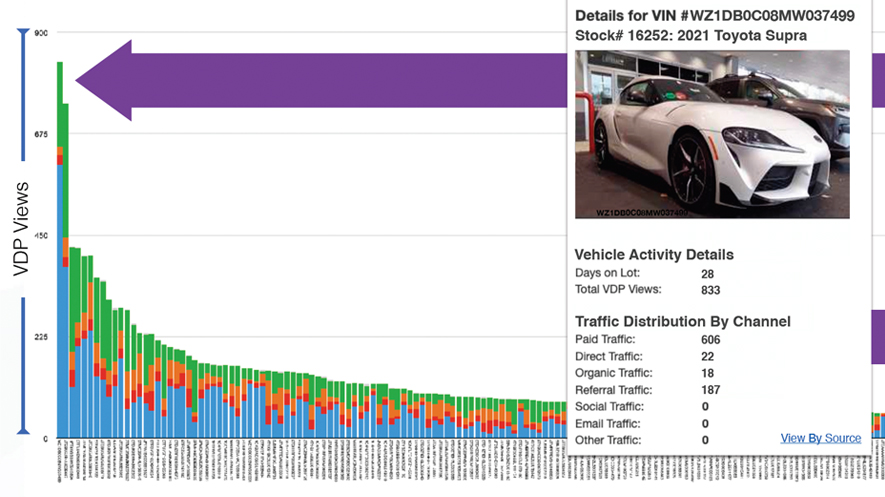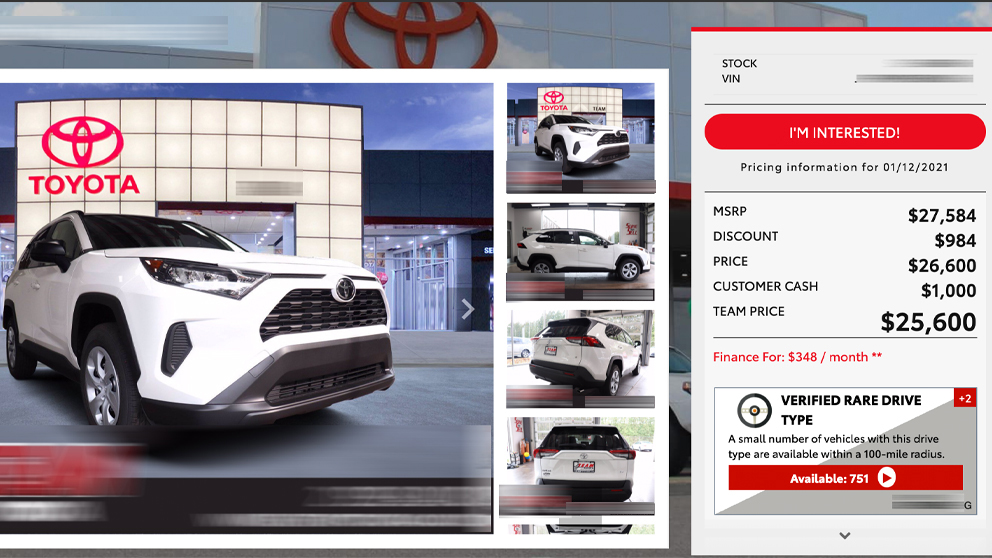Inventory-Based Ads: Why the Click Isn’t Totally Irrelevant Just Yet
To anyone who’s had their ear to the ground, that the almighty click no longer enjoys a hallowed status as the be all and end all of online display ad performance will come as no shock. Not only have click-through rates for display ads plummeted over the past decade — now hovering somewhere around 0.1 percent — but recent studies have shown that even those few scant clicks likely mean even less than was previously thought.
In its oft-referenced 2008 How Online Advertising Works: Whither the Click?, com Score revealed that research it had conducted showed no correlation between display ad clicks and brand metrics. Essentially, it said that for branding campaigns, you might as well ignore the click metrics because they don’t mean anything.
Moreover, the research showed that the majority of clicks came from a small percentage of users, who also tended to be younger and less affluent than most advertisers’ target demographic.
Yet despite this dearth of clicks, comScore’s research revealed a positive impact on advertiser site visits, brand search queries, online sales lift, and retail sales lift. It turns out that with online brand ads, it’s about reach and exposure… not necessarily getting the consumer to click the ad. So is the click really a throwaway metric when it comes to online display advertising?
Not necessarily.
Inventory-based, transaction-centric display ads operate in a different functional space versus their brand ad counterparts. While they do support brand creative for a more comprehensive, full funnel approach, their advantage lies in providing valuable and (more importantly) relevant content to the user. Felix Salmon called
attention to the importance of this in his “The Future of Online Advertising” post on Wired.com last November. And while he was referring to interesting third-party links displayed in a branded ad unit (a transparent plug for his Counterparties ad unit on Reuters.com), the point can be extrapolated.
The reason inventory-based display ads can be so powerful then is exactly that: they are able to act as complimentary site content. Intelligently targeted to ensure contextual and personal relevance, they add, rather than subtract, value from a publisher’s site. On an automotive website, for example, inventory-based ad units can show listings for used cars that match what a site visitor has already searched for. And then, only show them listings from dealers geographically close to them.
Consequently, ad units that leverage actual product inventory are able to garner quality (i.e. convertible) clicks from qualified traffic and not just a smattering of “idiot clicks.” And with ad content — homes, cars, vacation deals, espresso machines, or any other kind of advertiser or third party-sourced inventory — that is relevant to qualified consumers, the click remains a meaningful metric.




